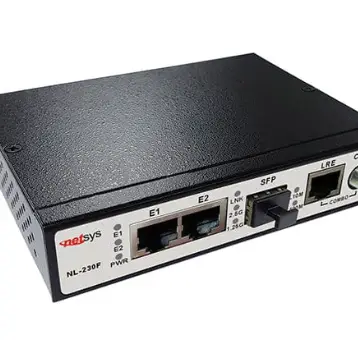
The adoption of software-defined wide area networks (SD-WAN) is proceeding at a rapid pace. One of its key advantages is the ability to route traffic to multiple offices — even in remote locations. It also provides enhanced monitoring and management capabilities, even as it reduces networking costs. Moreover, these are just a few of the benefits when it comes to evaluating the differences between SD-WAN vs. traditional WAN.
With that in mind, let’s take a deeper look.
How Traditional WAN Works
This is probably more refresher than revelation for many of you. Still, it’s useful to the conversation, so we’ll go into it just a bit.
Connecting multiple local area networks to create a wide area network, the traditional approach is strongly suited to prioritizing voice, video, and data traffic. This approach relies upon routers as well as virtual private networks (VPN). It also employs multiprotocol label switching (MPLS) to ensure network traffic flow is both robust and proficient. Moreover, traditional WAN uses internet-based backup to provide secondary transport — if the primary path is disrupted or congested.
However, scaling issues mean traditional WAN can be a hindrance to growth and agility. Circuit delivery, equipment provisioning and change management can slow deployment of a new network. Traditional WAN must also be managed device by device, which can increase maintenance issues. Moreover, failover is dependent upon the state of the connection, which can result in dropped calls and lost video signals.
How SD-WAN Works
Meanwhile, SD-WAN can be managed from a centralized point in your network. Further, when deployed as an overlay tech to a topology already in use, SD-WAN offers ease of integration as well as ready adoption.
Andrew Lerner, blogging for the Gartner network, lists the key plusses of an SD-Wan solution as follows:
- It’s a lightweight replacement for traditional WAN routers that are agnostic to WAN transport (i.e., support MPLS, Internet, LTE, etc.) and can physically terminate carrier circuits.
- Provides support for load sharing of traffic across multiple WAN connections in an efficient and dynamic fashion that can be based on business and/or application policies.
- Dramatically simplifies the complexity associated with management, configuration and orchestration of WANs. Configuring the branch is similar to setting up a basic home wireless network using consumer-grade equipment.
- Offer secure VPN and have the ability to integrate additional network services (i.e., firewall, Wan Optimization, SWG etc.).
As we alluded to above, the key benefits of SD-WAN over the traditional approach include cost savings, increased agility and simplification. SD-WAN also provides real-time traffic monitoring, eliminates the need for MPLS circuits and leverages higher-speed connectivity options. In particular, SD-WAN vendors tout its ability to support a number of high-bandwidth intensive applications simultaneously as one of its primary advantages.
The ability to respond to real-time network conditions allows enterprises to act quickly if an anomaly is detected anywhere within the network — an important security feature given the fact networks are experiencing more traffic and spreading out across remote endpoints.
Security Concerns
The security of traditional WAN has been proven time and again. Sent packets over an MPLS connection are private as they are capable of being seen only by the intended recipient.
On the other hand, SD-WAN relies upon end-to-end encryption over a virtual private network (VPN) connection. This gives you the capability of implementing additional security measures such as firewalls and threat management solutions.
Understanding the differences between SD-WAN and traditional WAN can help you decide which is best for your enterprise. Ultimately, the choice comes down to scalability, reliability, security and of course — cost. While SD-WAN easily wins that last consideration, some of those other factors might weigh more heavily in your particular circumstance. The ideal decision is, of course, what’s best for your individual set of conditions.







![10 Top Game Sites Not Blocked By School [2024 Updated]](https://thefutureofthings.com/wp-content/uploads/2024/10/image-25-358x358.png)


